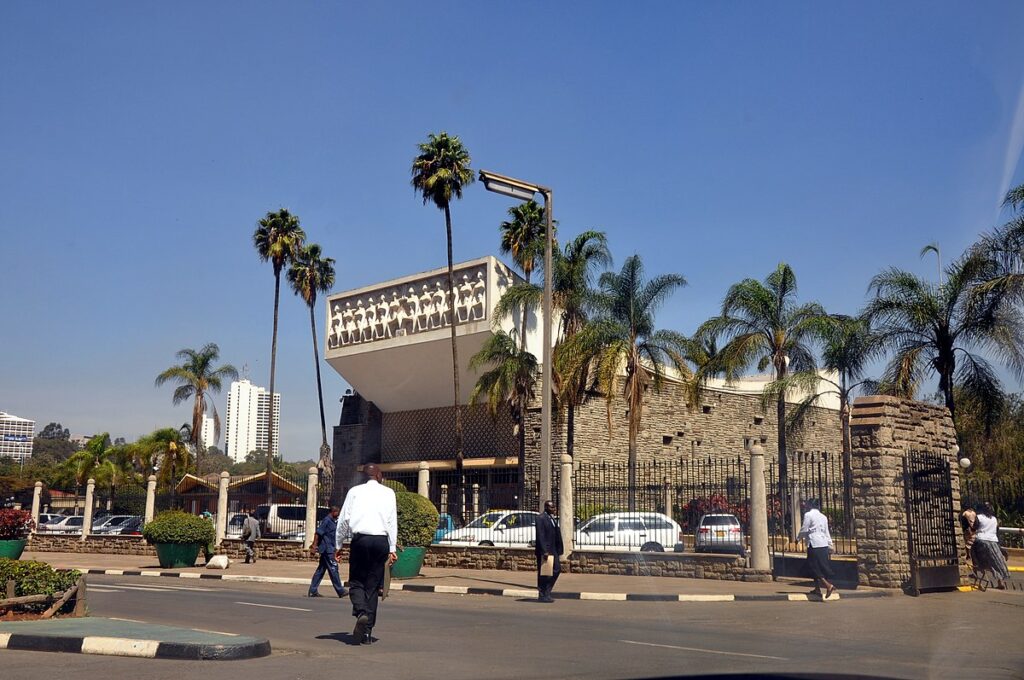Kenya recently witnessed a surge of protests led by Generation Z, a cohort marked by digital fluency, bold activism, and a growing disillusionment with the country’s political and economic landscape.
What began as opposition to the 2024 Finance Bill swiftly morphed into a broader movement tackling police brutality, corruption, and the lack of political accountability.
This youth-led activism aligns with a global trend of young people stepping into the forefront to challenge entrenched systems. However, as with many grassroots movements, the momentum has waned, prompting reflections on the sustainability of such movements, their impact, and the future for Kenya’s Gen Z and their counterparts across Africa.
Political Co-optation and the Protest Slowdown
Initially, the Gen Z-led protests in Kenya gained significant traction, drawing both domestic and international attention. However, over time, the movement lost its initial energy, primarily due to political co-optation.
The administration of President William Ruto strategically integrated key opposition members, particularly from the Orange Democratic Movement (ODM), into government positions.
This move diluted the opposition’s strength and left many protest supporters feeling abandoned by the political leaders they once trusted. ODM, historically seen as a beacon of democracy, especially under its leader Raila Odinga, had failed to stand by the youth, leaving them disillusioned and alienated.
This tactic of political co-optation is a familiar tool in African politics. By absorbing opposition figures into the ruling party, governments often neutralize dissent and create an illusion of national unity, while, in reality, weakening the opposition’s power to challenge the system.
For Kenya’s Gen Z, the blurred lines between the ruling and opposition parties diminished the prospects of effective political backing, leading to a weakening of the protest’s momentum. The youth, who had placed their hopes in a robust opposition, were left politically orphaned.
Additionally, the government’s heavy-handed response, characterized by police brutality and mass arrests, further suppressed the movement. The Kenyan state has a long history of using fear and intimidation to stifle dissent, and this tactic proved effective in discouraging large-scale participation in protests.
Despite the repression, the underlying issues that sparked the protests—unemployment, economic inequality, corruption, and police violence—remain unresolved, leaving the youth frustrated and disillusioned.
Impacts in Africa
The Gen Z protests in Kenya underscored the deepening divide between the country’s political elite and its youthful population, which constitutes the majority.
The young protesters were not solely rallying against the Finance Bill but also expressing a broader discontent with economic stagnation, systemic corruption, and a lack of opportunities. Kenya’s youth are acutely aware that the entrenched political system has largely failed to deliver the future they were promised.
Globally, Kenya’s youth-led protests echoed a broader trend of youth activism across Africa.
For example, in Nigeria, Gen Z mobilized under the banner of #EndBadGovernance, a movement that sought to address similar issues such as excessive taxation, anti-people policies, and the need for electoral reforms. These protests resonated with the youth in Kenya and Uganda, signalling a continental shift in how young people engage with governance issues.
In Nigeria, this movement posed a significant challenge to the administration of President Bola Tinubu, highlighting the common demand for better governance and accountability across African nations.
Impacts beyond Africa
Beyond Africa, the rise of Gen Z activism has been notable worldwide.
In 2024, Bangladesh saw large-scale protests that resulted in the resignation of Prime Minister Sheikh Hasina. These protests, led by university students, began as a response to a controversial job-quota system but quickly evolved into a larger movement demanding political change. This successful youth-led uprising illustrates the potential power of Gen Z activism on a global scale.
Moreover, these movements demonstrate the critical role of digital activism. Gen Z, with its deep engagement with social media platforms, has used digital tools not just to organize and mobilize but also to expose government abuses and rally international attention.
This new form of activism has set a precedent for how protests are coordinated in the digital age, inspiring youth-led movements globally.
The Way Forward for Gen Z
While the protests have slowed, the issues that triggered them persist. The challenge for Kenya’s Gen Z, as well as for their peers across Africa, is to maintain the momentum and translate their activism into tangible political and social change. There are several lessons to be learned from Kenya’s experience.
First, better organization and leadership are essential for sustaining youth movements. Many of these protests have been spontaneous, driven by social media outrage. While this has facilitated rapid mobilization, it has also made it difficult to maintain focus and longevity.
Without clear leadership and defined long-term goals, movements can lose steam, as was the case in Kenya. Building coalitions with civil society organizations and forming a coherent political agenda are critical for turning protests into lasting change.
Second, the relationship between youth movements and political opposition is complex. While political backing can provide legitimacy, it also risks co-optation, as seen with ODM in Kenya.
Gen Z activists must remain wary of relying too heavily on political figures who may have their own agendas. Instead, they should focus on building independent movements that can exert pressure on the political establishment without being absorbed into it.
Finally, while digital activism has proven to be a powerful tool, it must be complemented by on-the-ground efforts. Social media can amplify voices and raise awareness, but grassroots organizing and engagement with political institutions are necessary for achieving lasting change.
Conclusion
The Gen Z protests in Kenya have been a pivotal moment in the country’s political history, marking a bold demand for change from a generation frustrated with the status quo. Although the protests have waned, they have made a lasting impact by highlighting the power of youth-led movements and digital activism.
Moving forward, Gen Z in Kenya and across Africa must focus on building sustainable, independent movements that can challenge entrenched political systems and drive meaningful change.
Only through sustained efforts can their demands for justice, accountability, and better governance be realized.


